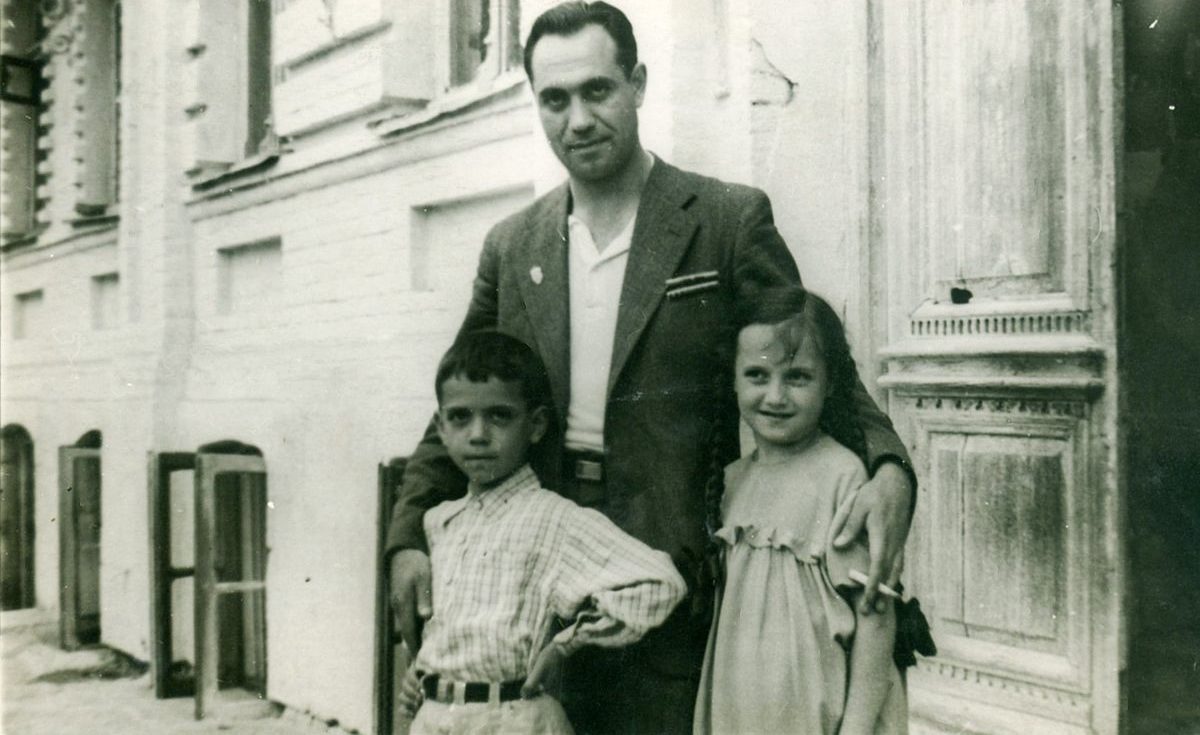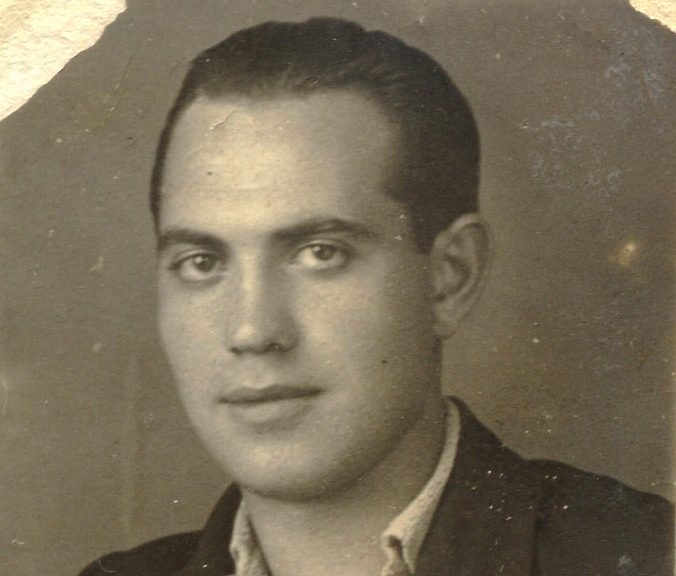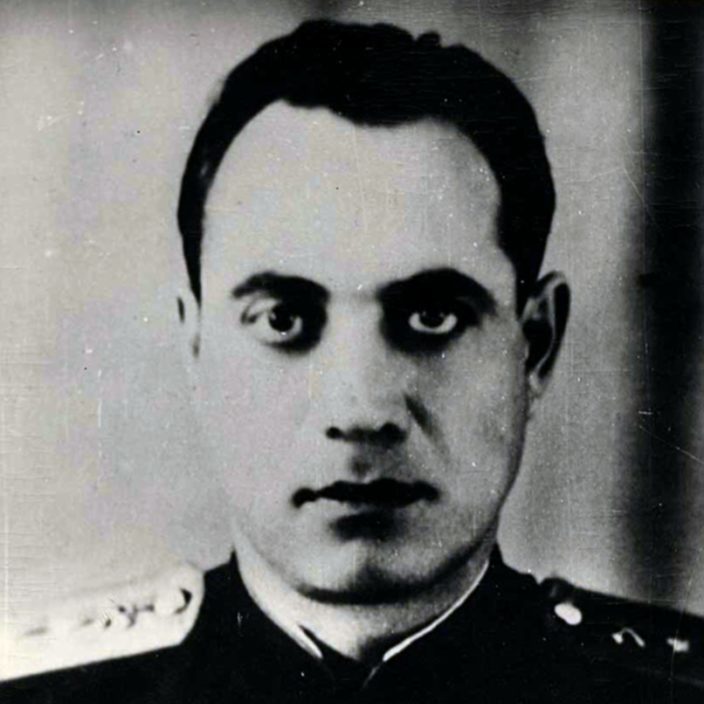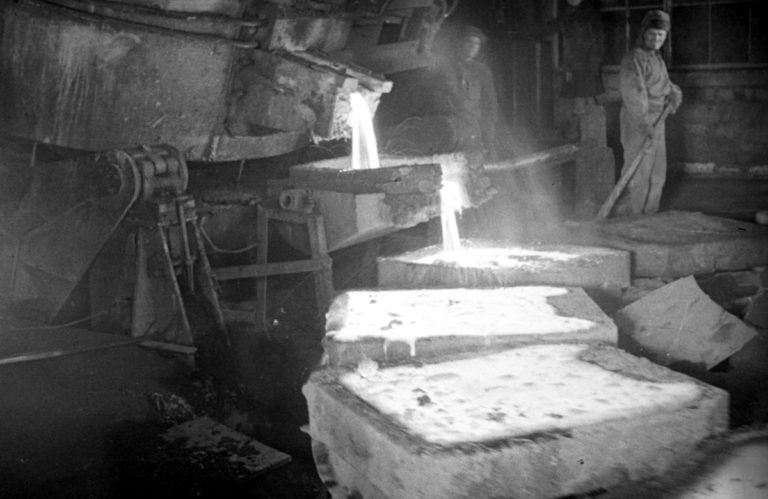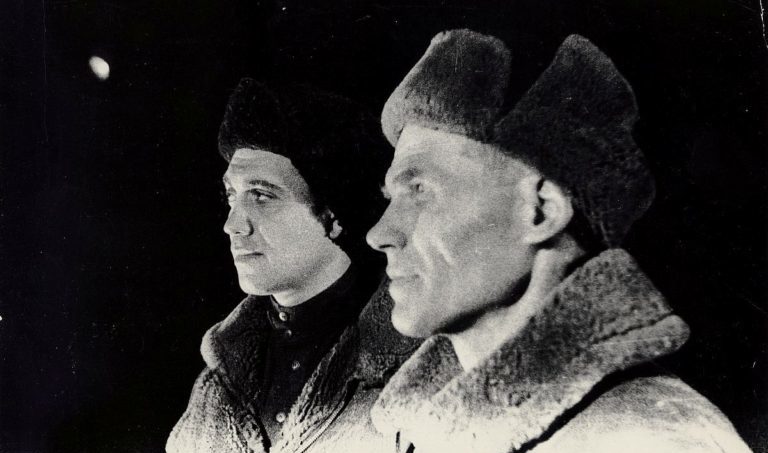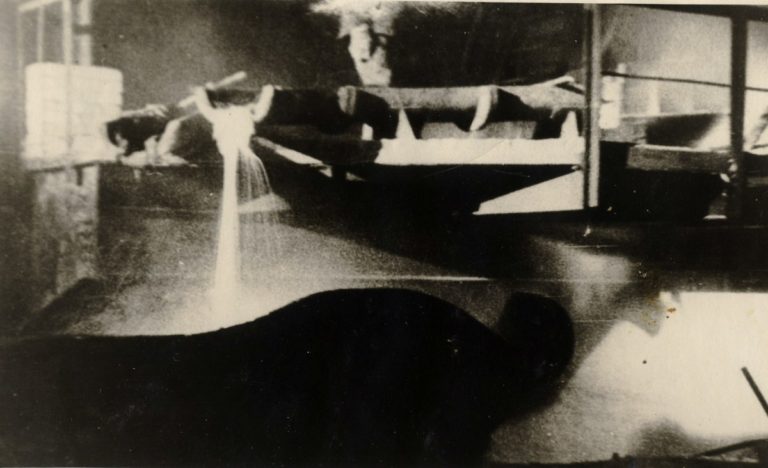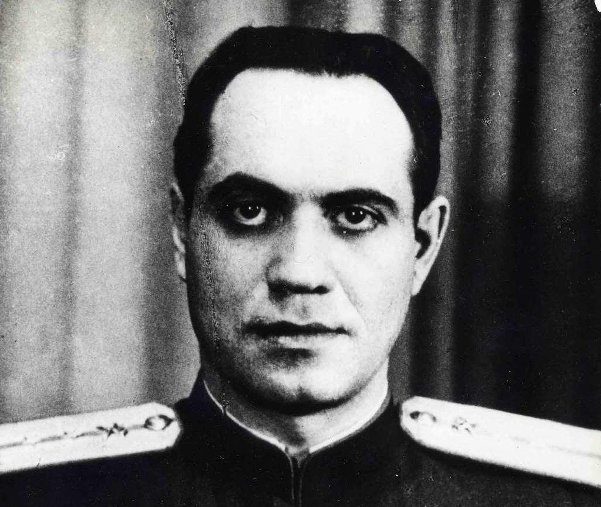#ARCTIC. #SIBERIA. THIS IS TAIMYR. Terpogosov successfully passed the exams at the State Institute of Cinematography in 1932, but he was not enrolled due to the lack of places in the hostel for nonresident students. He had to return to his native Ordzhonikidze and enter the newly opened mining and metallurgical institute. Terpogosov was assigned to the Severonickel after graduation. In 1941, the Severonickel was evacuated from Monchegorsk to Norilsk.
During his work in Norilsk, Terpogosov rose from the smelting workshop’s head andthe Big metallurgical plant’s chief engineer to the metallurgical plants’ department’s head. Then he became the Norilsk Combine’s head: Terpogosov was transferred to the position of chief engineer in 1951, the Combine’s deputy head, and in 1953 he became the Norilsk Combine’s acting head.
The Big metallurgical plant (later Nickel plant) produced the first electrolytic nickel, blister copper and platinoids in sludge under Terpogosov in 1943.
Norilsk received the first industrial cobalt under his leadership. He received the main State Prize of the USSR (the so-called Stalin Prize) for the new processes’ development and implementation in the Norilsk Combine’s metallurgy.
Terpogosov was one of the initiators of the copper smelter’s construction, taking into account the production capacities’ ‘growth reserve’. The plant, that started operating in 1949, (now the Copper plant) has grown both in terms of output and in terms of space occupied at times in subsequent years.
The writer Sergei Snegov speaks of Terpogosov in one of his Norilsk Tales dedicated to life in the camp and beyond:
“I think that children and dogs were most attached to him, because children and dogs have a special flair for a good person. But I couldn’t verify this confidence: there were almost no children in our village, and local dogs from the first day of their life were brought up in hatred for people”.
Terpogosov suddenly died of a heart attack in 1953. Almost the whole city gathered for the funeral. Relatives wanted to transport his body to their homeland, but, according to legend, Zavenyagin said:
“A person, who gave all his knowledge, strength and love to his work, to this city, should be buried in this land so that people remember who was at the origins of the non-ferrous metallurgy creation in the Taimyr land”.
As a result, Terpogosov was buried in a cemetery near Nansen street.
In the History Spot photo project previous publication we told about one of the first Norilsk Combine’s elected managers.
Follow us on Telegram, VKontakte.
Text: Svetlana Ferapontova, Photo: Nornickel Polar Division archive
